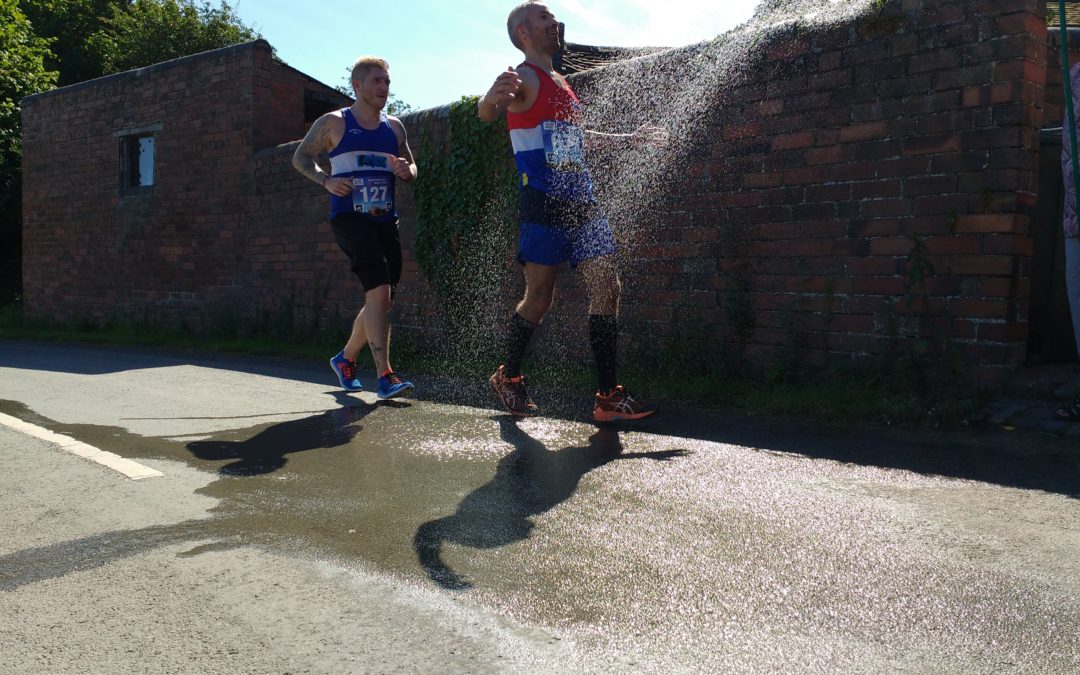A Liquid Asset
You probably already know that water makes up the majority of body mass in a human being. For a 75kg man it equates to approximately 33-53 litres of water – that’s about the amount of fuel you’d put in an average car’s tank. Two thirds of body fluid is found within your body’s cells with the remainder being “extracellular” (found within the blood and gut for example). The fluid consists of electrolytes. These are salts designed to regulate fluid balance, blood acidity and muscle function.
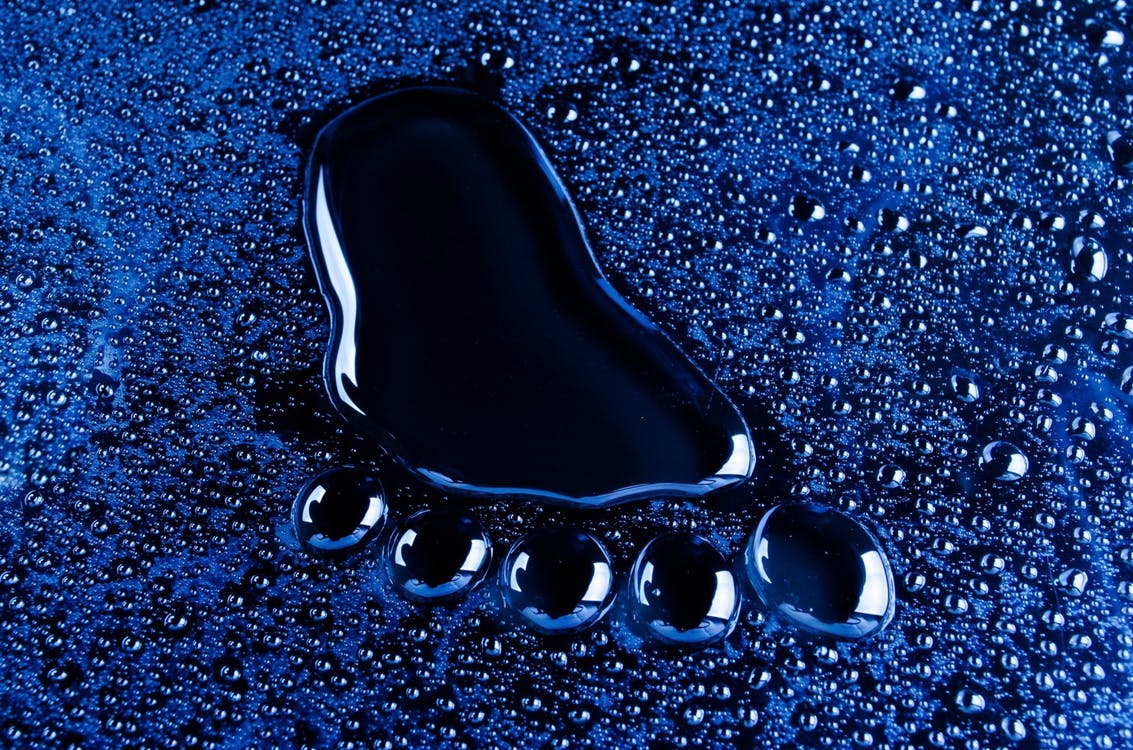
Why is fluid important during exercise?
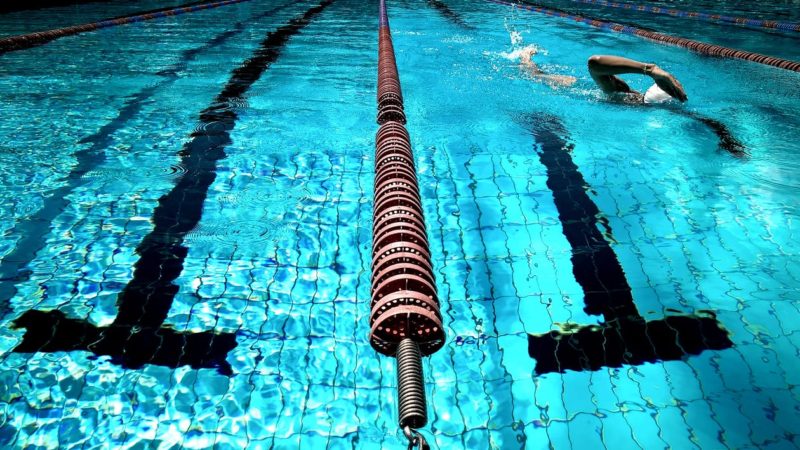
- Attenuates increased heart rate and core temperature
- Improves stroke volume (the blood pumped by your heart in each beat)
- Improves cardiac output (amount of blood pumped by your heart per minute)
- Improves skin blood flow
- Controls sodium levels and levels of adrenaline
- Reduces muscle glycogen use and therefore preserves these energy resources
When fluid balance strays from healthy levels there are problems that can occur, the most common being hyponatremia.
What is Hyponatremia?
- Muscle weakness
- Muscle uncoordination
- Disorientation
- Seizures
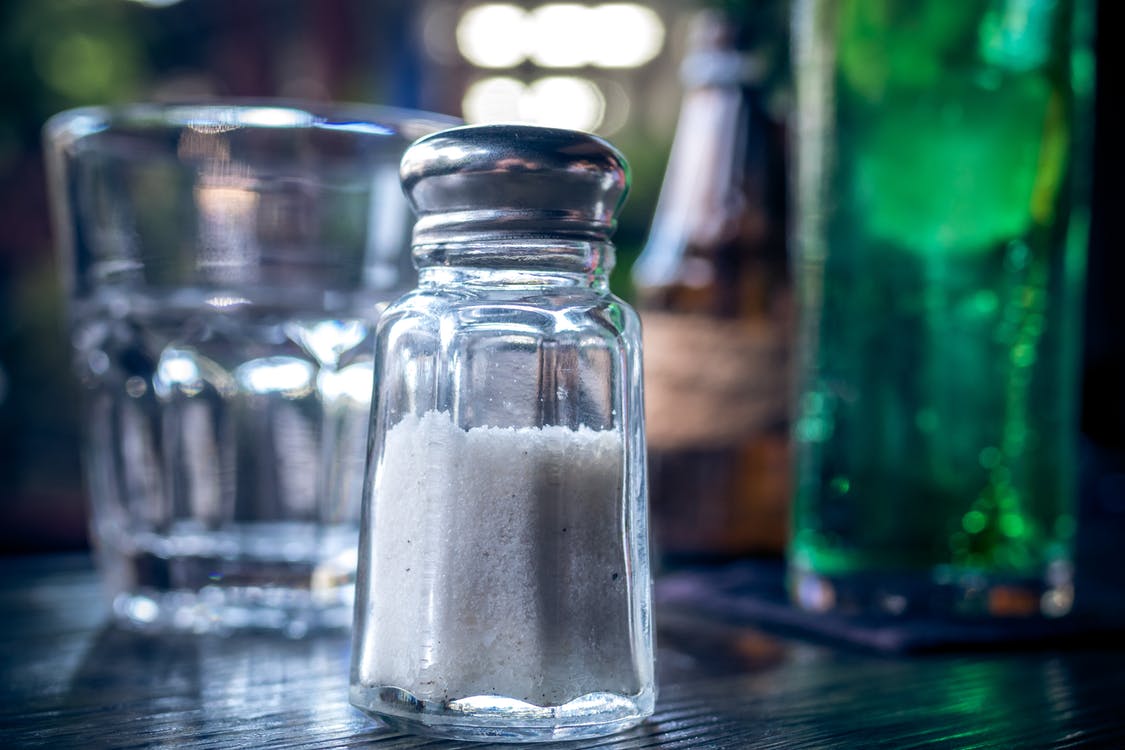
This is confusing….should I be drinking more or less?
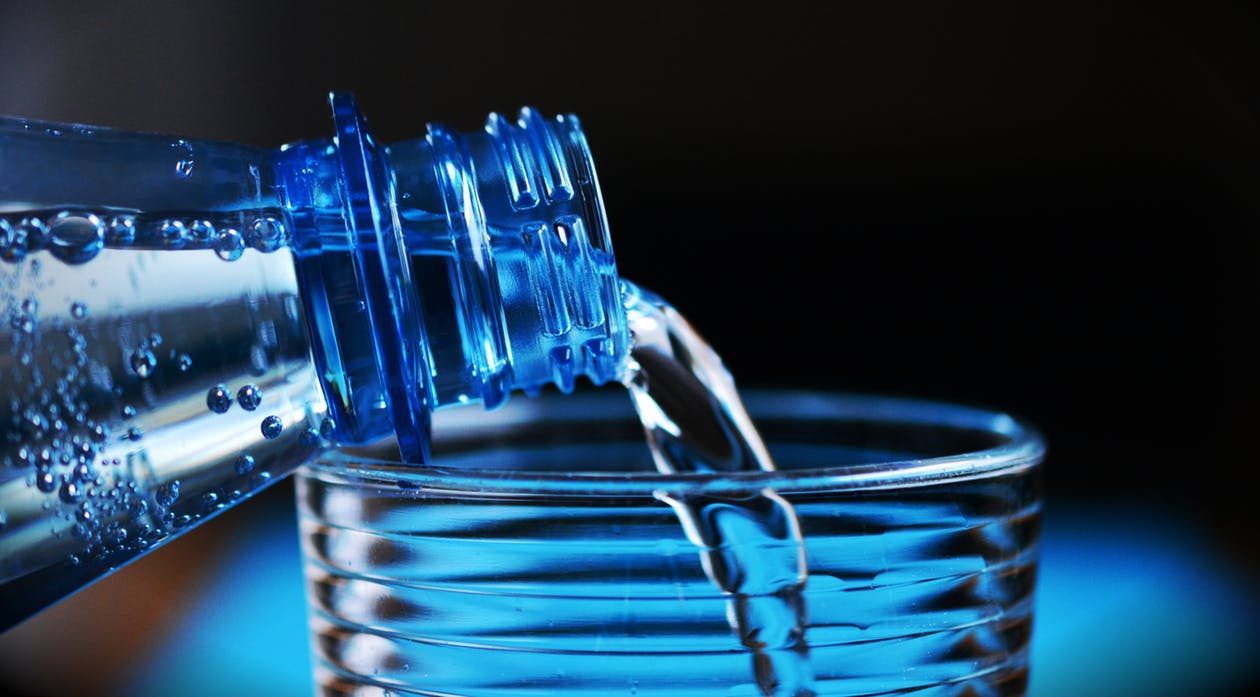
In general, depending on body mass, age and sex, we require an average of 2-4 litres water per day. This can come from foods and/or beverages – did you know that 96% of a cucumber is made up of water? Even a carrot is 87% water! Listen to your body, drink when you are thirsty.
Exercise and Fluid
- Temperature and humidity
- Clothing
- Body size
- Level of fitness
1 litre of fluid loss is the same as losing 1 kilogram. Before all you fell runners think “Blimey! If I don’t drink for 24 hours then I’ll be flying up that hill tomorrow”, there are some seriously detrimental effects of dehydration that far outweigh the benefits of weight loss. The example below is for a 68kg person:
- 1% Dehydration / 0.7kg lost = Increased body temperature
- 2% Dehydration / 1.4kg lost = Impaired performance
- 5% Dehydration / 3.4kg lost = G.I problems, heat exhaustion
- 7% Dehydration / 4.7kg lost = Hallucinations
- 10% Dehydration / 6.8kg lost = Circulatory collapse
So, how can I tell if I’m starting to become dehydrated?
- Dry or sticky mouth
- Headache
- Stomach upset
- Dizziness
- Muscular weakness

How do I avoid dehydration in the first place?
- Pre exercise:Ensure you are fully hydrated but be careful not to overhydrate (think back to hyponatremia). If you need a number then 5-7mls per kg of bodyweight within the 4 hours before exercise would be something to aim for (that’s 400-560mls of fluid for someone weighing 80kg).
- During Exercise:Ensure you replace fluids lost from sweating and try to include a source of energy along with this fluid. If you aim to replace 80% of losses during exercise then this would be sufficient. Including a bit of salt with this fluid ensures your “drive to drink” and can also help to prevent hyponatremia.
- Post Exercise:If you have been exercising for 1 hour then it is likely that you are dehydrated (even if you have been taking fluids onboard). Post exercise rehydration is vital for regular exercisers so always aim to have a drink close to hand when you have finished your workout. Again, drinks containing carbohydrate and sodium are more effective than plain water.
- Consume as much fluid that can be comfortably tolerated immediately following exercise (in the region of 400-600mls)
- Try to consume 250mls every 15minutes for the 3 hours following exercise
- Include carbohydrate and sodium in your “rehydration strategy”
- Understand roughly how much fluid you have lost during your session
I’m curious, how do I know how much fluid I have lost?
This gives an approximation of the volume of fluids lost during that workout.
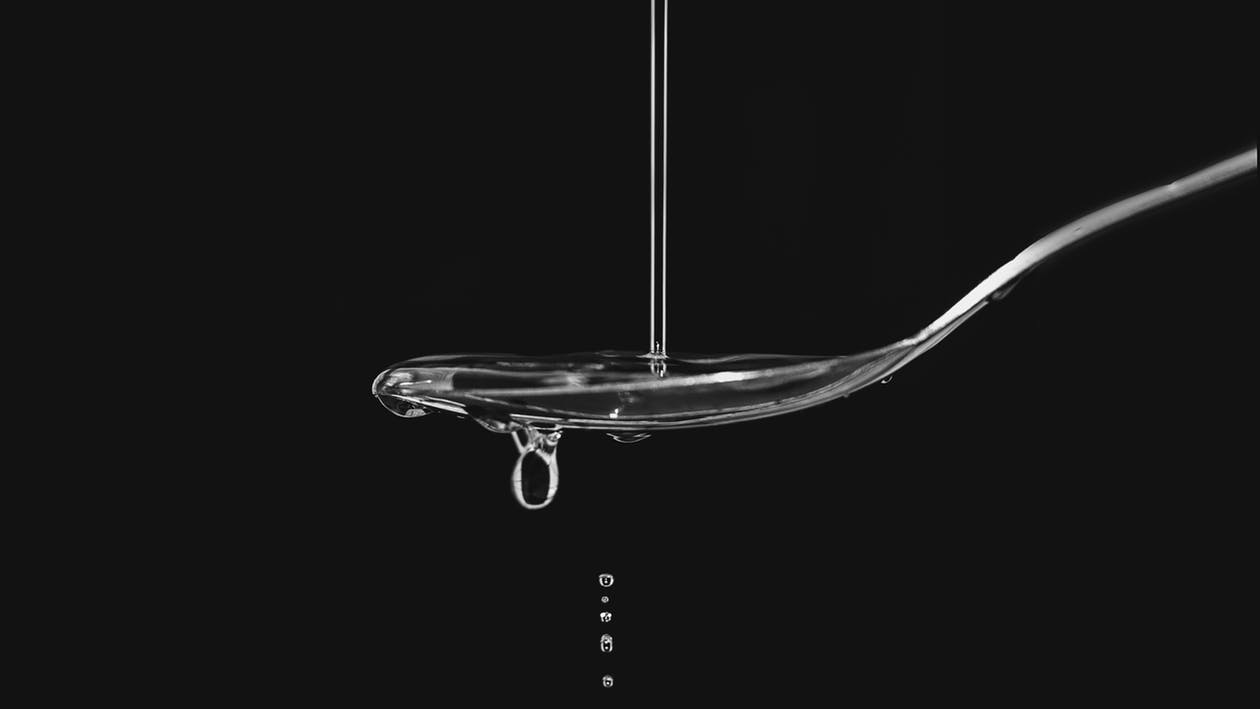
What about all these sports drinks?
- Hypotonic – This is a thirst-quencher and is ideal for recreational sports, ensuring that fluid is absorbed quicker than plain water.
- Isotonic – Another thirst-quencher, this drink also provides energy and is absorbed at the same rate as water. It’s ideal for use during endurance sports.
- Hypertonic – The main focus is to supply energy, therefore the fluid is absorbed slower than water. This is ideal for less strenuous long duration sports.
Summary
So, next time, after getting home from a chilly winter’s run, remember to take a few gulps of your drink before plunging into a hot bath!
